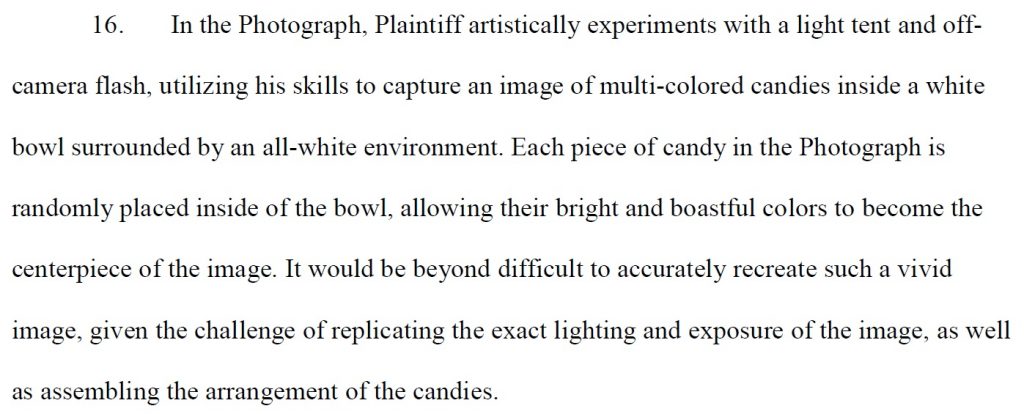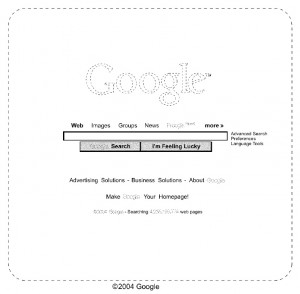Apparently, New Jersey is about to join the list of states with statutes that protect the rights of inventors. Generally, inventions made by employees belong to the employee, unless (1) that employee was specifically hired to invent, or is later assigned that task; or (2) there is an agreement between the employer and the employee. However, in most states there is no restriction on the scope of these agreements. Most times, an employer is content with owning inventions made using the time, material, or information of the employer, or which otherwise relate to the employers’ business. However, some employers contract for all inventions made by the employer regarding of when or where it is made, or to what it relates. It is this last category of employer that is targeted by the bill passed by the New Jersey legislature.
If the bill becomes law, New Jersey will join the small, but growing list of states that have statutes that affect employer’s claims to employee’s inventions:
- California (California Labor Code § 2870)
- Delaware (Delaware Code Annotated, Title 19, § 805)
-
- Kansas (Kansas Statutes Annotated §§ 44-130)
- Minnesota (Minnesota Statutes Annotated § 181.78)
- North Carolina (North Carolina General Statutes §§ 66-57.1, 66-57.2)
- Utah (Utah Code Annotated §§ 34-39-2, 34-39-3), and
- Washington (Washington Revised Code Annotated §§ 49.44.140, 49.44.150).
Employers with employees living or working in one of these states should be aware of these statutes and their requirements, or the employer may find that it does not have the rights it thought it did in its employees’ inventions.




